We often say that fashion is a cycle, but have you ever wondered what fashion items were popular in ancient China? What kind of clothes are popular in different periods?
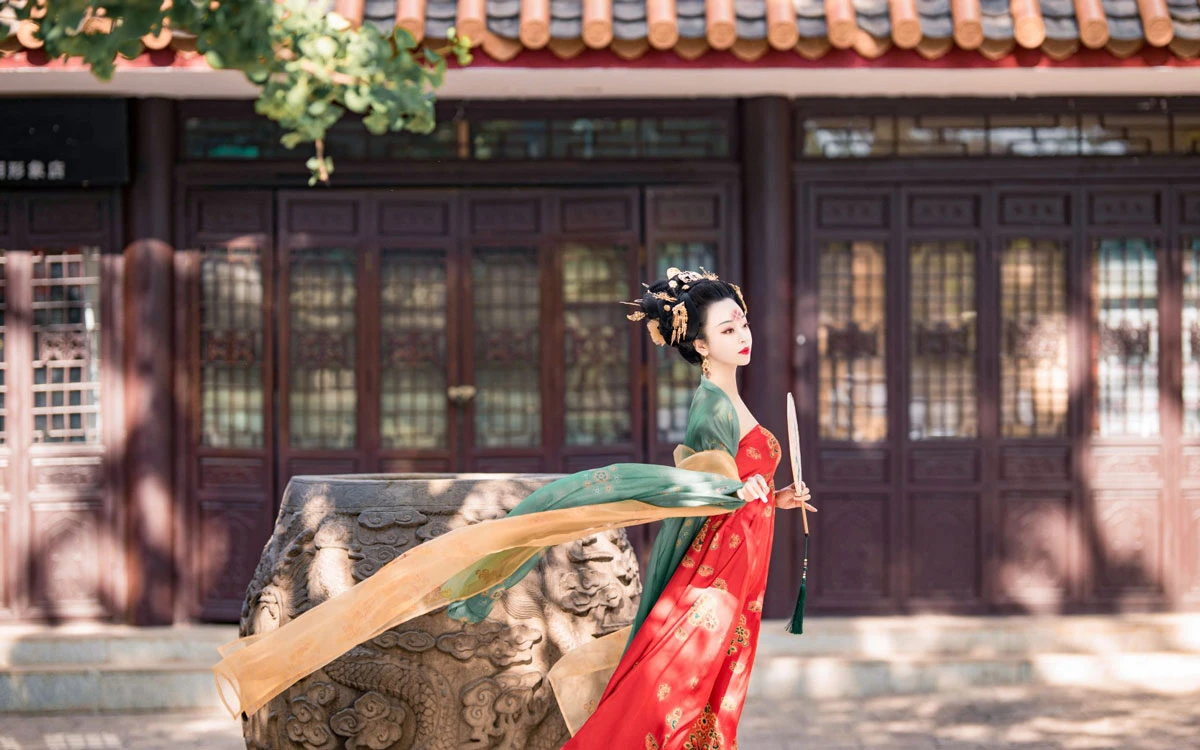
The ancient pleated skirt
The preppy style has been really popular in recent years, various brands have also repeatedly used retro college style as the main style of the season. Kinds of pleated skirts and white shirts can be seen everywhere. However, in the Han Dynasty of China more than 2,000 years ago, there was already such a "pleated skirt" design.
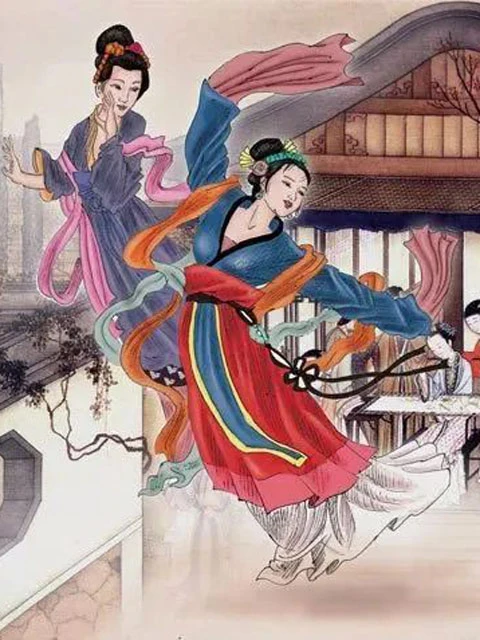
According to legend, its origin is related to Zhao Feiyan, one of the top ten beauties of ancient times. In the records, Zhao Feiyan was slim and likes to dance in long skirts. One time, a strong wind suddenly blew while she dancing on the lake. Zhao Feiyan was almost fly into the sky by the wind, and the palace maid hurriedly pulled her skirt to save her. The skirt was pulled out a lot of folds, but everyone felt that these folds made the skirt look more beautiful. The fairy-like Zhao Feiyan was not only not blown away by the wind, but also left the beautiful name of the skirt with pleats, "Liu Xian Qun (留仙裙, the skirt that makes the fairy stay)".
Liu Xian Qun's hem is full of regular vertical folds and has changed from the previous vertical hem to a natural flaring pattern, especially like today's pleated skirt. Because of their unique beauty, the skirts quickly became popular in the palace and spread to ordinary people's homes. Although there was much more demand for fabrics in production, women who had a little surplus in the family all changed to wearing Liu Xian Qun.
Skirt styles like "pleated skirts" have been found in all dynasties of China. In the Jin Dynasty, a kind of "Po Qun (破裙, broken skirt)" appeared. The skirt hem was spliced with different fabrics, which was similar to the pleated design. Since the Sui and Tang Dynasties, the number of skirts and their folds has increased, which is closer to the pleated skirts we wear today.
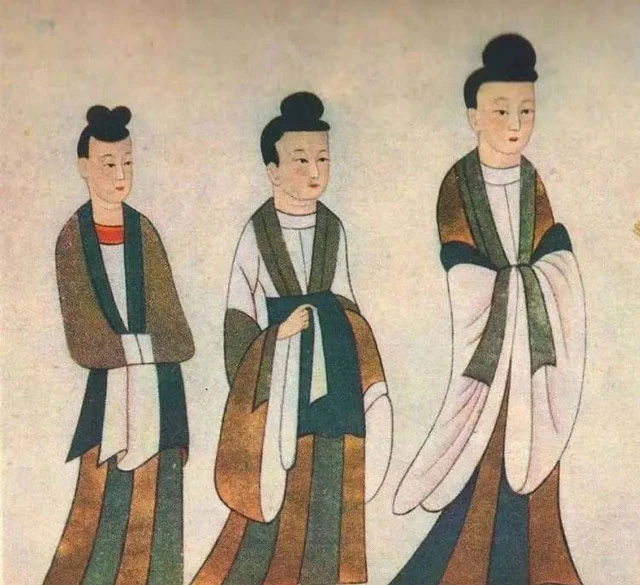
Po Qun
In the Ming Dynasty, the pleated skirt style underwent more prominent changes. The "Ma Mian Qun" was developed from the previous dynasty, and the design of the skirt door and side allowed the skirt to naturally form pleats of varying widths. At the end of the Ming Dynasty, the pleats at the waist became denser, and the color and pattern of each pleat were different, named "Yue Hua Qun (月华裙)".
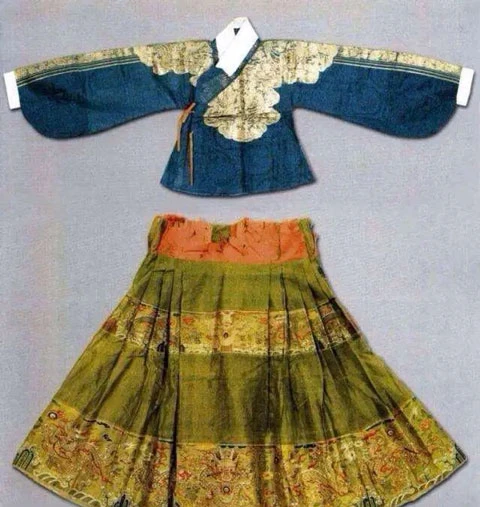
Ma Mian Qun
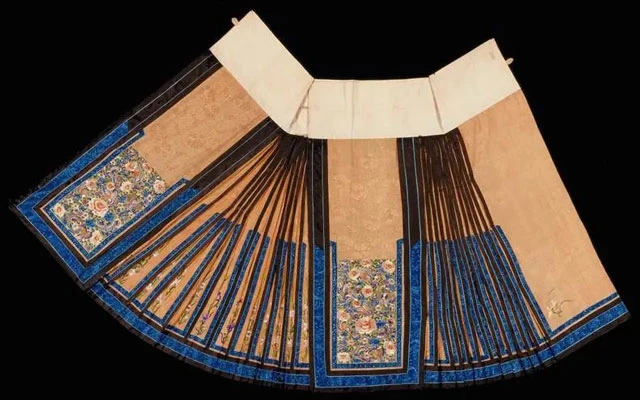
Yue Hua Qun
In the Qing dynasty, there was a "Feng Wei Qun (凤尾裙, phoenix tail skirt)", which was made of satin cut into the tail end of the cloth to close the tip of the patchwork, and could be worn outside the Ma Mian Qun.
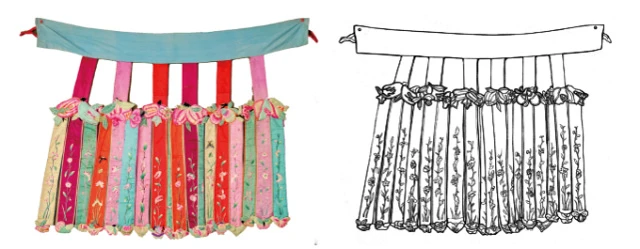
Feng Wei Qun
The aesthetics of the pleated skirt has survived for thousands of years and ancient women developed more new styles as times fly.
Tang Dynasty pomegranate skirt
Today's fashion trends are often brought by the design of some top luxury brands, but when it comes to trend influence, Yang Guifei from the Tang Dynasty is also a top-notch celebrity.
The Shi Liu Qun (石榴裙, pomegranate skirt) is dyed with pomegranate flowers, so it is named because of its bright red color. This kind of bright red long skirt first appeared in the Liang Dynasty, but it was not popular throughout the country until the Tang Dynasty.
At that time, all over the country, from harem beauties, and noble ladies, down to brothel women and ordinary people, all wore this kind of pomegranate skirt.
The Tang Emperor ordered the civil and military officials had to kneel down when they saw Yang Guifei, who often wore pomegranate skirts in the palace, thus the proverb "fall under the pomegranate skirt". In subsequent generations, the pomegranate skirt has also been loved by women.
Beizi, the essential long cardigan of the Song Dynasty
In autumn, cardigans are a good choice in everyday wear, wear it directly outside, or wear it with a camisole to protect from the cool autumn breeze.
It is like a modern wearing method, but this is already popular among women in the Song Dynasty. Almost all of them have a piece of a cardigan, which is called "Beizi (褙子)" in that period.
The Beizi is usually a straight-necked placket, and most importantly it has absolutely no buttons, and the whole body hangs down naturally, which is simple and beautiful. The length of the Beizi is usually near the knees, but there are also ones that reach the ankles or only to the hips. The unique design of the Beizi was on the patterned trim of the placket and cuffs, called "Ling Mo (领抹)".
There are many ways to wear Beizi, which can be worn inside the big sleeves shirt or directly wear a Moxiong inside the Beizi, which is a model of "one dress in more wear style". It is worth mentioning that Song Dynasty women are not as restrained and implicit as we usually think, and the Beizi worn by women are slit high on both sides, slightly exposing underwear.
Waistcoat in the Ming Dynasty
Several years ago, wearing a waistcoat has suddenly become popular. This trend of wearing waistcoats was also popular in the Ming Dynasty.
Around the middle of the Ming Dynasty, women in the north were the first to wear the Bijia (比甲), and later became the common dress for women. The design of collarless and sleeveless, which is like today's waistcoat. In the beginning, the Bijia was designed with a pair of lapels, and the length was very long, usually reaching to the hips, and some even to the knees, and the back was generally longer than the front, and warmth occupied an important role.
By the Qing Dynasty, the Bijia gradually shortened the length, also known as Kanjian (坎肩), Beixin (背心), or Majia (马甲), long style models in those days also called the Gualan (褂襕), the design is always updating. The pattern work has become more and more exquisite, with elaborate lace inlay and auspicious patterns dazzling. In addition, the fabric is also more elaborate, spring and autumn often use satin, while winter with fur, summer with yarn.
Yunjian in the Qing Dynasty
Have you noticed the Yunjian (云肩, cloud shoulder) inside the Chinese palace drama? As an accent design on the shoulders, Yunjian always provides the finishing touch.
Although the Yunjian appeared as early as the Sui and Tang dynasties, it was not until the Ming and Qing dynasties that it gradually became the fashion trend among women. Although the Yunjian is not large compared to the main clothes, the design is not ambiguous at all.
It has folio, square, beaded, collar, collarless, and so on different shapes, with a variety of cuts and colors, embroidered with phoenix wearing peony, bat, deer, peach, crane pattern and other fashionable auspicious patterns, applied to the different stitches.
The Yunjian is usually made of expensive colorful splendid embroidery or decorated with beads, not only invests a lot of fabric costs but also very tests the skills of the embroidery maker, it takes a long time to embroider, the price is naturally not cheap.
And because of the auspicious meaning of the number of pieces and patterns, it gradually became an indispensable part of women getting married in the Qing Dynasty. At that time, women were competing to catch up with the trend, even at the expense of a large price just to have a decent Yunjian. It also shows that the ornament between the necks was a part that condense most money and time.
It is said that fashion is a circle and today's aesthetic is not only often back to the retro style, but also can be found in the costumes of ancient Chinese dynasties. The fashion trends that women caught up with at that time spanned thousands of years and changed their appearance in our daily dresses and reappear repeatedly.
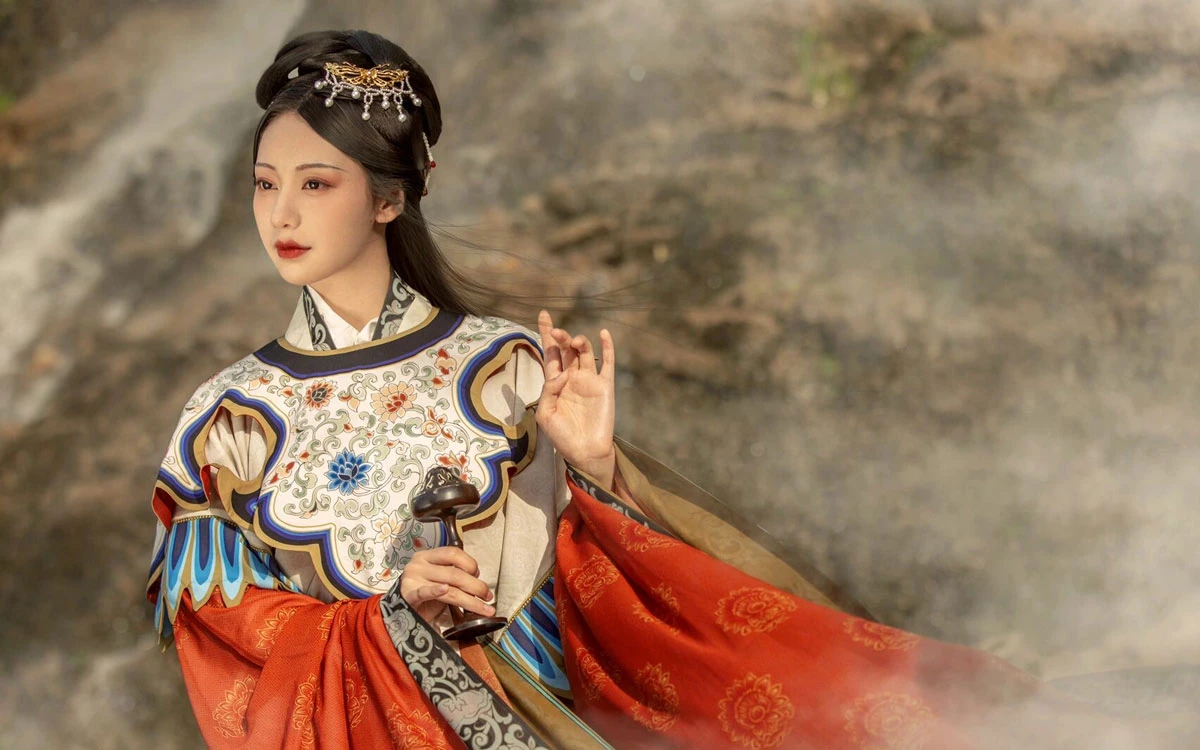
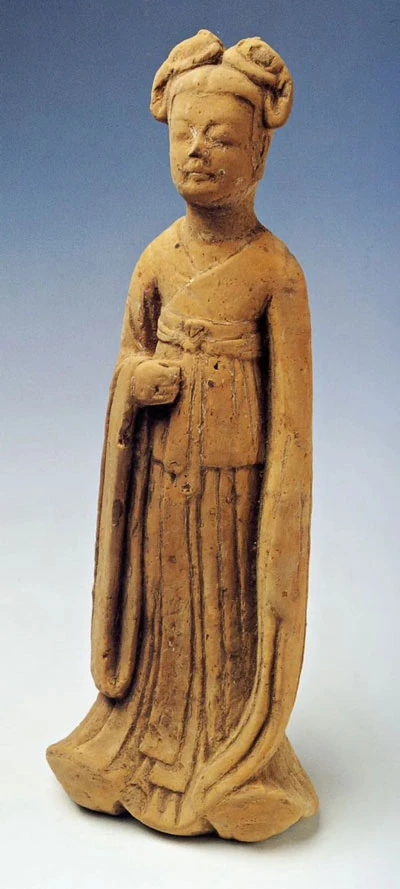
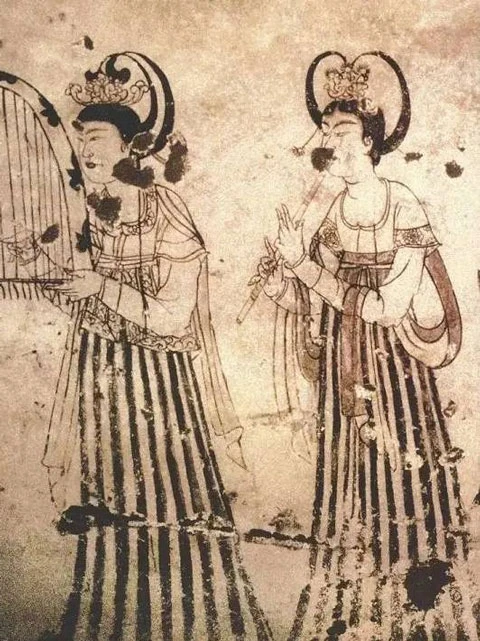
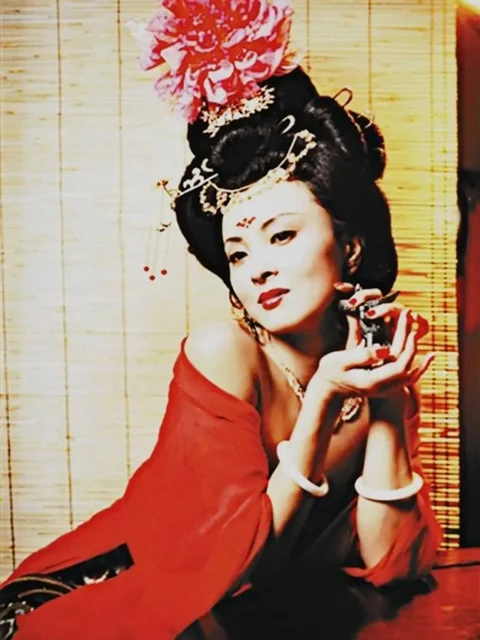
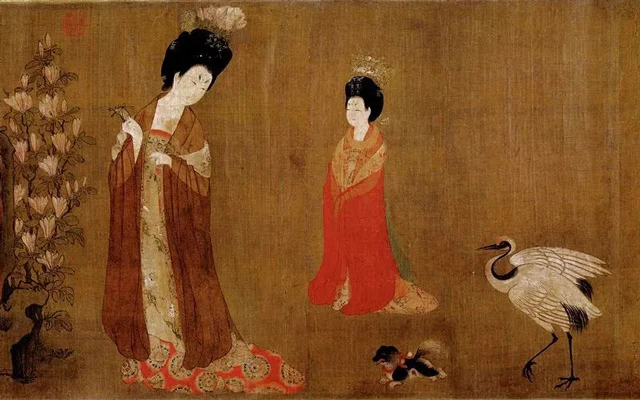
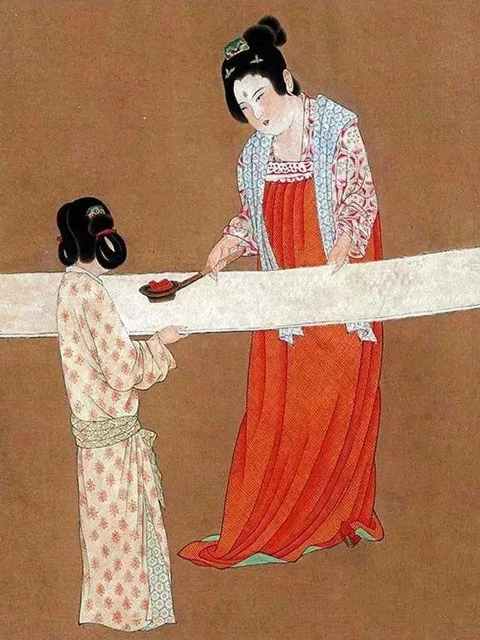
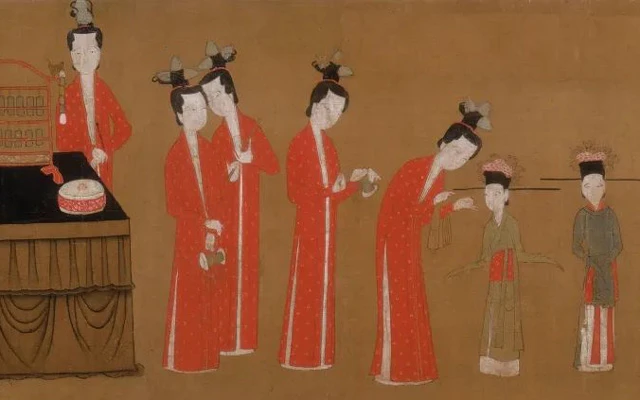
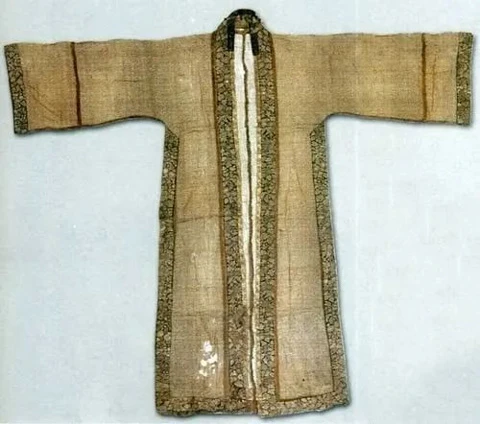
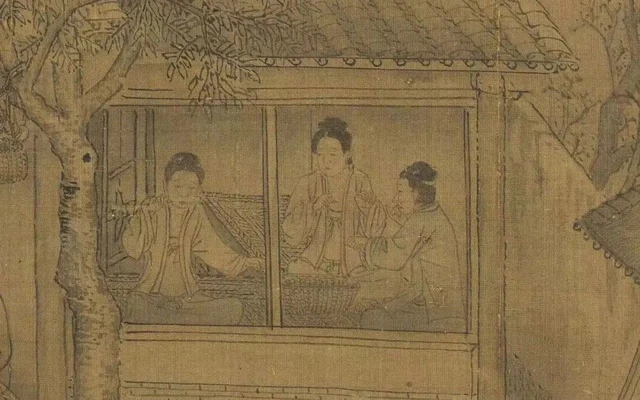
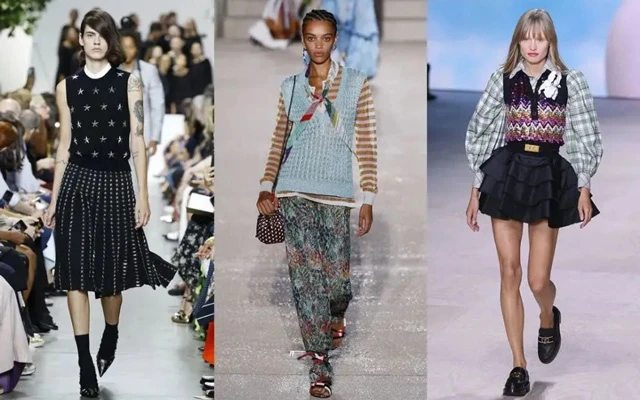
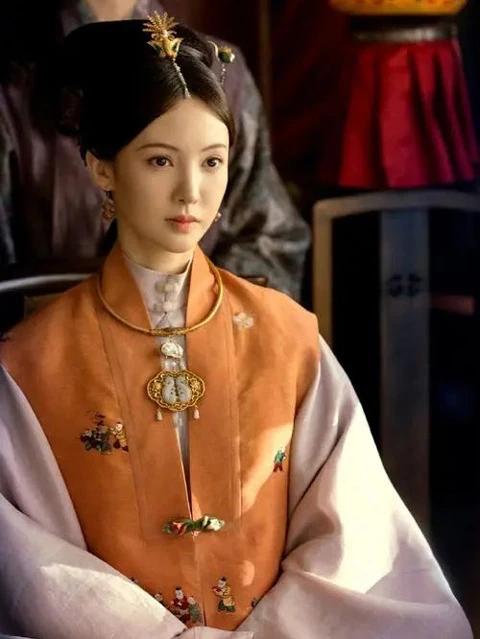
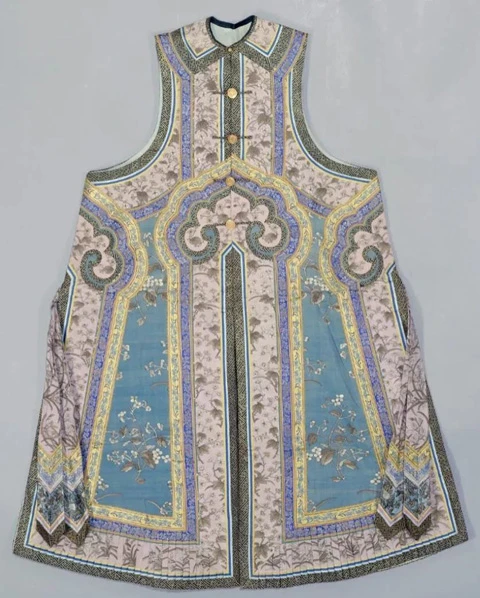
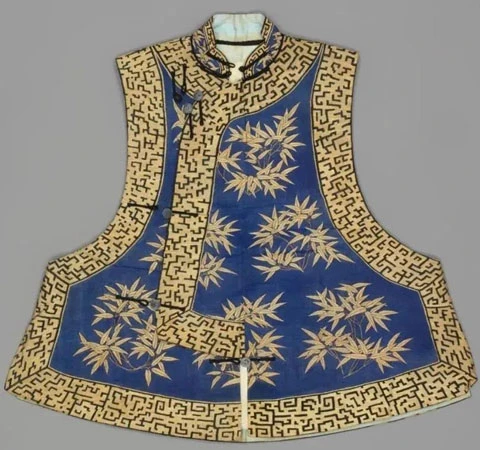
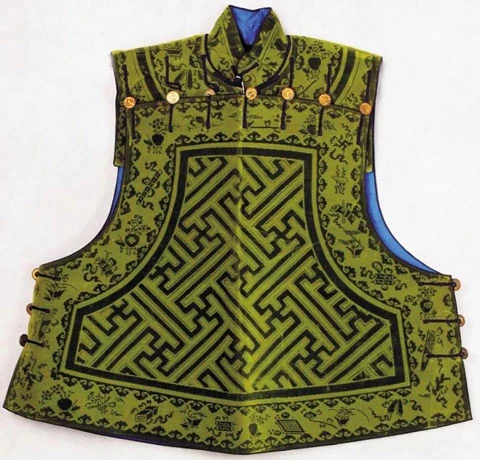
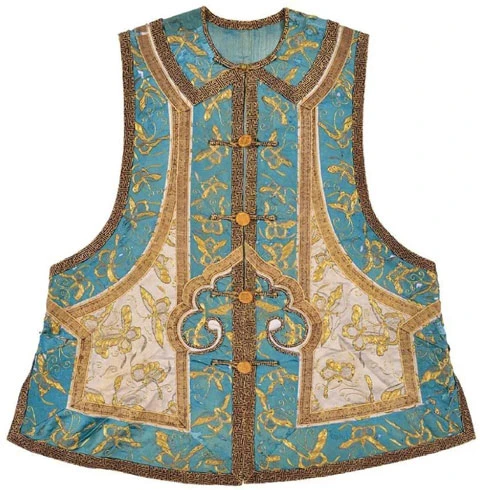
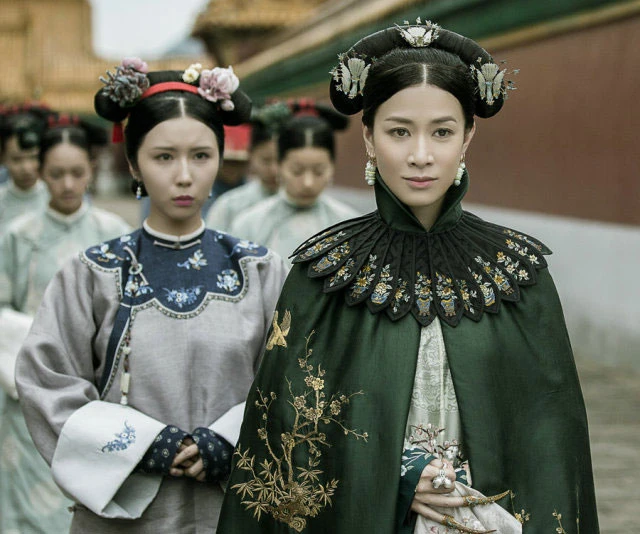
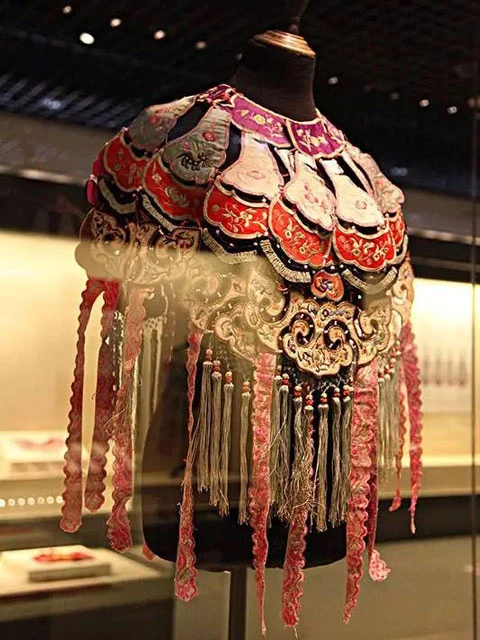
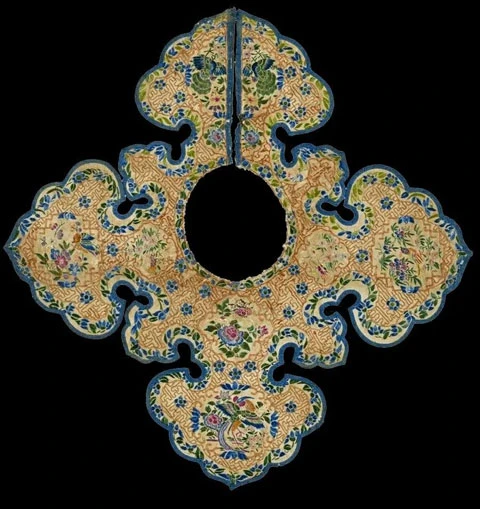
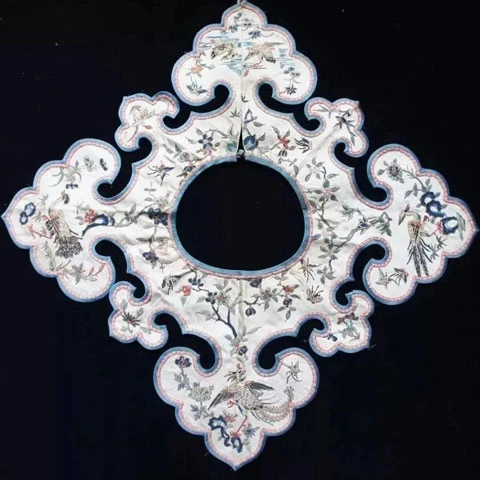
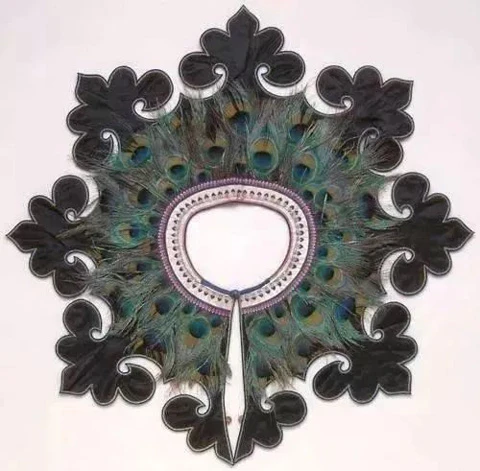
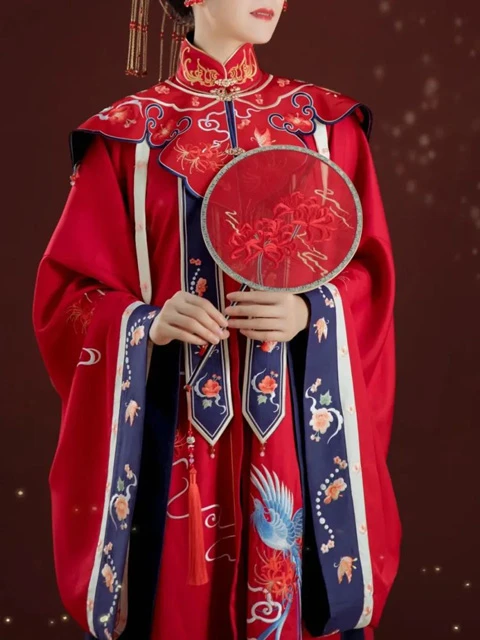


Fengweiqun is a new info O.O
Waw😍
Tak lekang oleh waktu. Akan tetap disukai orang
Keindahan zaman kuno
I always thought that pomegranate skirt refered to their shape, like maybe large on the top and slim at the bottom ^^
That is a good interpretation, LOL